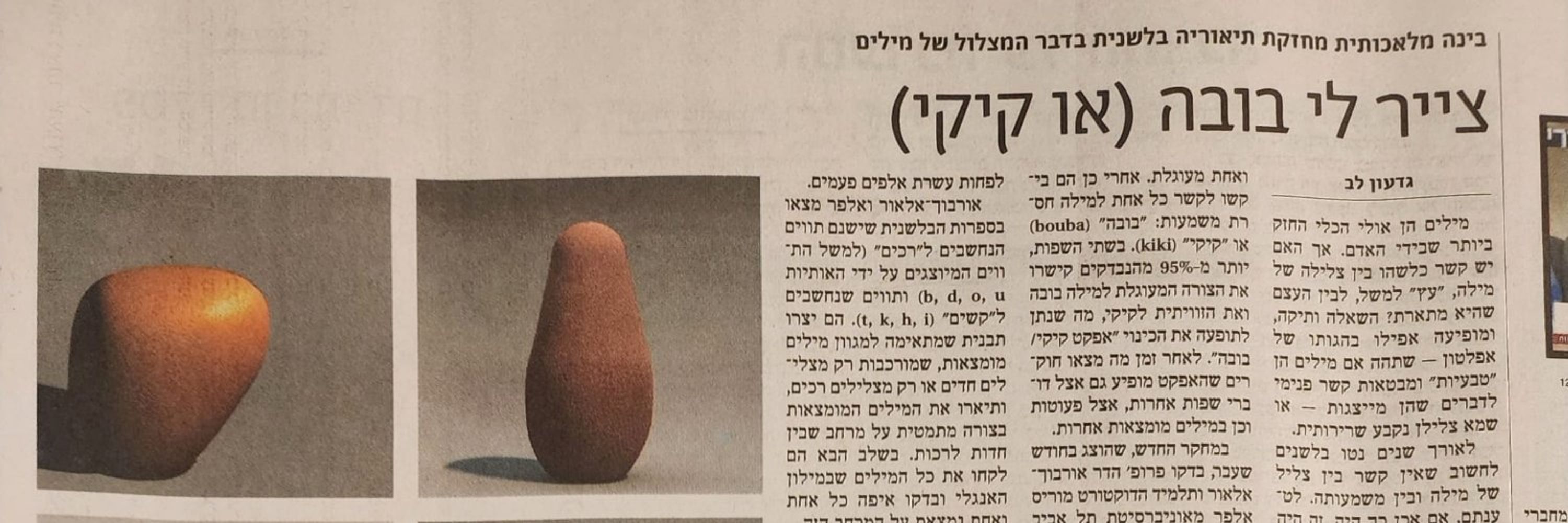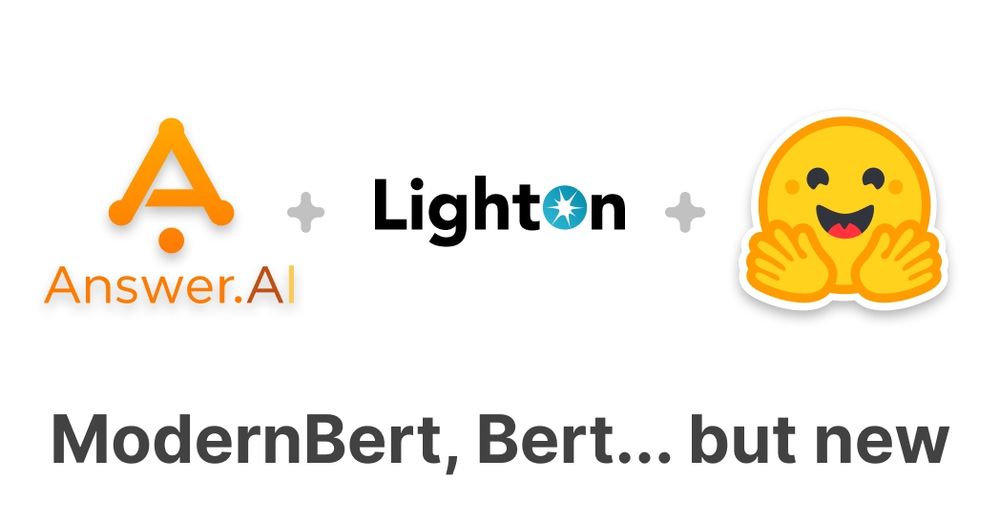
Also a linguistics enthusiast.
morrisalp.github.io
Meet ConlangCrafter - a pipeline for creating novel languages with LLMs.
A Japanese-Esperanto creole? An alien cephalopod color-based language?
Enter your idea and see a conlang emerge. 🧵👇


Meet ConlangCrafter - a pipeline for creating novel languages with LLMs.
A Japanese-Esperanto creole? An alien cephalopod color-based language?
Enter your idea and see a conlang emerge. 🧵👇

Meet ConlangCrafter - a pipeline for creating novel languages with LLMs.
A Japanese-Esperanto creole? An alien cephalopod color-based language?
Enter your idea and see a conlang emerge. 🧵👇





tau-vailab.github.io/ProtoSnap/
h/t Rachel Mikulinsky @ShGordin @ElorHadar and all collaborators.
🧵👇

tau-vailab.github.io/ProtoSnap/
h/t Rachel Mikulinsky @ShGordin @ElorHadar and all collaborators.
🧵👇
Preprint: arxiv.org/abs/2410.00752
Leaderboard: testgeneval.github.io/leaderboard....

Preprint: arxiv.org/abs/2410.00752
Leaderboard: testgeneval.github.io/leaderboard....

Work with Keren Ganon, Rachel Mikulinsky, Hadar Elor.
More info below👇

Work with Keren Ganon, Rachel Mikulinsky, Hadar Elor.
More info below👇
suno.com/song/1e21b93...

suno.com/song/1e21b93...
This one's got everything! Poetry! Grammar! Love songs! Queer communities! Unicode! and ... Y.R. Chao!
What more could you want?
#langsky 🀄️📚
1/


This one's got everything! Poetry! Grammar! Love songs! Queer communities! Unicode! and ... Y.R. Chao!
What more could you want?
#langsky 🀄️📚
1/
pubs.aip.org/asa/jasa/art...
pubs.aip.org/asa/jasa/art...
Gene Chou, Kai Zhang, Sai Bi, Hao Tan, Zexiang Xu, Fujun Luan, Bharath Hariharan, @snavely.bsky.social
tl;dr: multiview CroCo meets diffusion (DiT). Better than luma?
arxiv.org/abs/2411.13549




Gene Chou, Kai Zhang, Sai Bi, Hao Tan, Zexiang Xu, Fujun Luan, Bharath Hariharan, @snavely.bsky.social
tl;dr: multiview CroCo meets diffusion (DiT). Better than luma?
arxiv.org/abs/2411.13549
Hana Bezalel, Dotan Ankri, Ruojin Cai, Hadar Averbuch-Elor
tl;dr: MegaDepth/Scenes subset with small/large/no overlap image pairs, the task is R prediction
arxiv.org/abs/2411.07096




Hana Bezalel, Dotan Ankri, Ruojin Cai, Hadar Averbuch-Elor
tl;dr: MegaDepth/Scenes subset with small/large/no overlap image pairs, the task is R prediction
arxiv.org/abs/2411.07096
CLIP shows emergent understanding of *visual-semantic hierarchies*. Our benchmark *HierarCaps* gives GT to measure and further align this!
Project page: hierarcaps.github.io
Paper: arxiv.org/abs/2407.08521

CLIP shows emergent understanding of *visual-semantic hierarchies*. Our benchmark *HierarCaps* gives GT to measure and further align this!
Project page: hierarcaps.github.io
Paper: arxiv.org/abs/2407.08521

